Search
Search Results
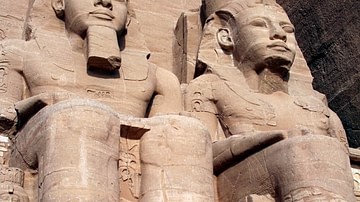
Definition
Ramesses II
Ramesses II (r. 1279-1213 BCE, alternative spellings: Ramses, Rameses) was known to the Egyptians as Userma'atre'setepenre, which means 'Keeper of Harmony and Balance, Strong in Right, Elect of Ra'. He is also known also as Ozymandias and...

Article
The Battle of Kadesh & the First Peace Treaty
Ramesses II (The Great, 1279-1213 BCE) ruled Egypt for 67 years and, today, the Egyptian landscape still bears testimony to the prosperity of his reign in the many temples and monuments he had built in honor of his conquests and accomplishments...

Interview
Author Interview: Son of Ishtar by Gordon Doherty
Today we sit down with Gordon Doherty to discuss his new book Empires of Bronze: Son of Ishtar. Based in the dark and cold north (i.e. Scotland), Gordon has written extensively on ancient Greece and Rome. His new novel, however, takes us...
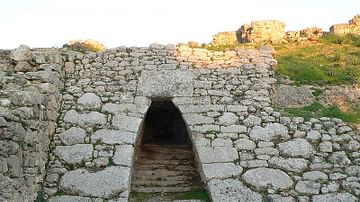
Definition
Ugarit
Ugarit was an important sea port city in the Northern Levant. Though never a world power, Ugarit was a key economic center in the Ancient Near East, serving as a major trade center between Egypt and the major powers of Bronze Age Asia Minor...

Definition
Kadesh
Kadesh was a city in the region of Syria and an important center of trade in the ancient world. It is probably best known as the site of the famous battle between Pharaoh Ramesses II (The Great, 1279-1213 BCE) of Egypt and King Muwatalli...

Image
Hittite Lion Tub at Hattusa
A Hittite Lion Tub lying among the ruins of the Great Temple at Hattusa, the capital of the Hittite Empire. The basin was originally 5.5 metres long, and featured crouching lions at all four corners. It probably had a role in cult rituals.
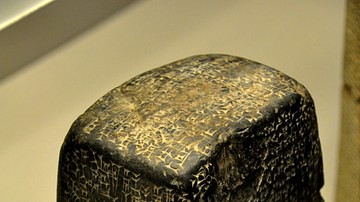
Definition
Adad Nirari I
Adad Nirari I (r. 1307-1275 BCE) was the king of the Assyrian Empire who initiated the first major expansion of the Assyrian kingdom from the city of Ashur throughout the region of Mesopotamia. He also instituted what would become standard...
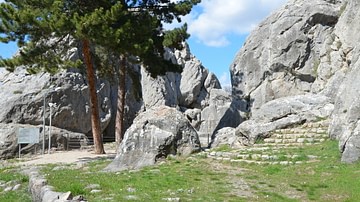
Image
Yazilikaya Hittite Rock Sanctuary
Yazılıkaya is a Hittite rock sanctuary located about 1.5 kilometres northeast of Hattusa, the capital city of the Hittite Empire in the late Bronze Age. It is the largest known Hittite rock monument. The sanctuary consisted of a temple-like...
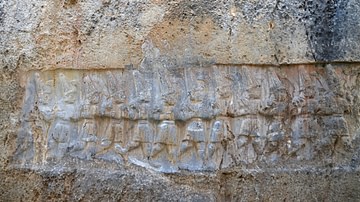
Image
Twelve Gods of the Underworld, Yazilikaya Hittite Sanctuary
West wall of Chamber B of the Yazilikaya Hittite Sanctuary near Hattusa (13th century BCE) depicting the Twelve Gods of the Underworld. They wear short shirts, belts and shoes curling up at the toe. They each carry a crescent-shaped sword...

Image
Hittite Version of Kadesh Treaty
This is the Hittite version of the so-called "Kadesh Treaty" (also called the Silver Treaty or the Eternal Treaty). It was an Egyptian-Hittite peace treaty. Only three tablets of this Treaty were found in the Hittite capital, Hattusa, among...